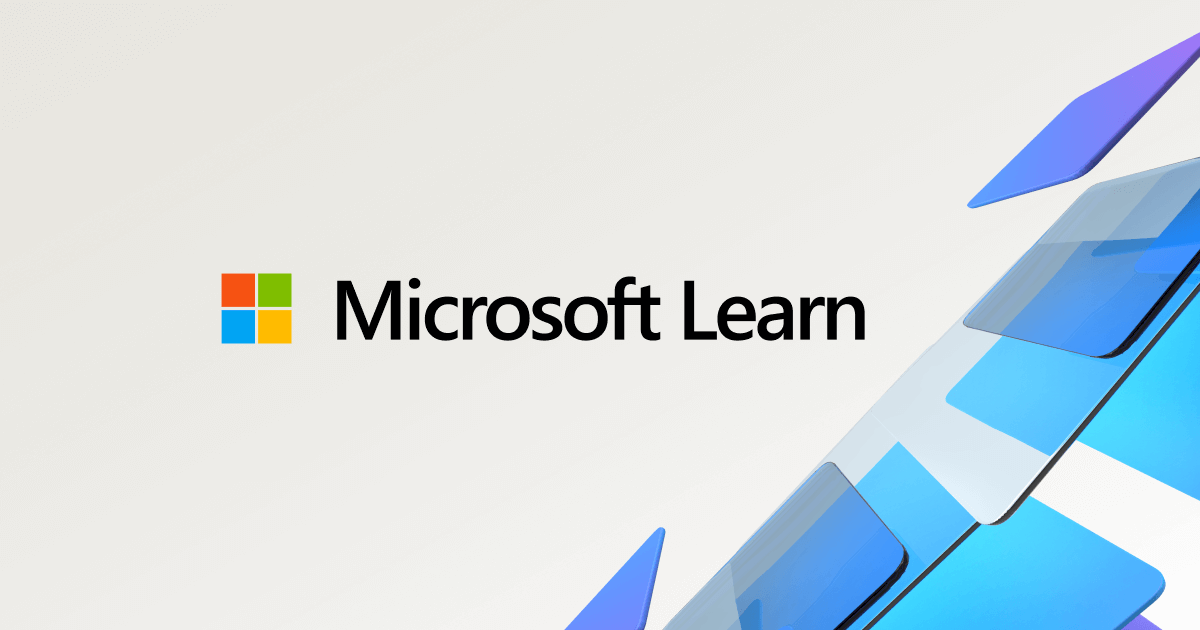This is a question about the recommended process to be used to replace an HDD in a RAID 1 setup, without loss of data.
My motherboard is Asus Prime H370-A (Intel based). Some years ago, using the functions of the ASUS Bios I created a RAID 1 configuration, with 2 SATA HDDs, under Win 10 Home Edition. CrystalDiskInfo now reports that one of the RAID 1 disks should be used with caution. I want to replace it. Loss of data is to be avoided. This would not be a catastrophe (I have backups) but recovery would be painful.
For the past 2 days I have read extensively about this situation on the Internet. Nowhere have I found answers to the two following questions, with a degree of credibility which I can accept:
1. Is this a real ‘hardware’ RAID configuration, or is it implemented by software in a combination of Bios, Intel and Windows drivers and Windows functionality?
2. Assuming (as some claim) that the installation will automatically repopulate a replacement drive, how can I be sure that the repopulating is done using the data from the drive which is NOT replaced, rather than using whatever data is present on the REPLACEMENT drive?
The main conclusion that I have formed from my reading is that the majority of contributors of articles on this subject do not appear to be credible subject matter experts. The information is often contradictory, fails to give details, raises more questions than it answers or assumes a level of detailed knowledge that is beyond that of the average user of Win 10 Home Edition running RAID 1 (a capability supported by the overwhelming majority of modern motherboards).
Amazingly there is nothing on the Asus web-site or in the user manual for my motherboard which addresses the issue of safe drive replacement in a RAID 1 installation.
Do the experts in this community have an information source they could recommend?
My motherboard is Asus Prime H370-A (Intel based). Some years ago, using the functions of the ASUS Bios I created a RAID 1 configuration, with 2 SATA HDDs, under Win 10 Home Edition. CrystalDiskInfo now reports that one of the RAID 1 disks should be used with caution. I want to replace it. Loss of data is to be avoided. This would not be a catastrophe (I have backups) but recovery would be painful.
For the past 2 days I have read extensively about this situation on the Internet. Nowhere have I found answers to the two following questions, with a degree of credibility which I can accept:
1. Is this a real ‘hardware’ RAID configuration, or is it implemented by software in a combination of Bios, Intel and Windows drivers and Windows functionality?
2. Assuming (as some claim) that the installation will automatically repopulate a replacement drive, how can I be sure that the repopulating is done using the data from the drive which is NOT replaced, rather than using whatever data is present on the REPLACEMENT drive?
The main conclusion that I have formed from my reading is that the majority of contributors of articles on this subject do not appear to be credible subject matter experts. The information is often contradictory, fails to give details, raises more questions than it answers or assumes a level of detailed knowledge that is beyond that of the average user of Win 10 Home Edition running RAID 1 (a capability supported by the overwhelming majority of modern motherboards).
Amazingly there is nothing on the Asus web-site or in the user manual for my motherboard which addresses the issue of safe drive replacement in a RAID 1 installation.
Do the experts in this community have an information source they could recommend?





